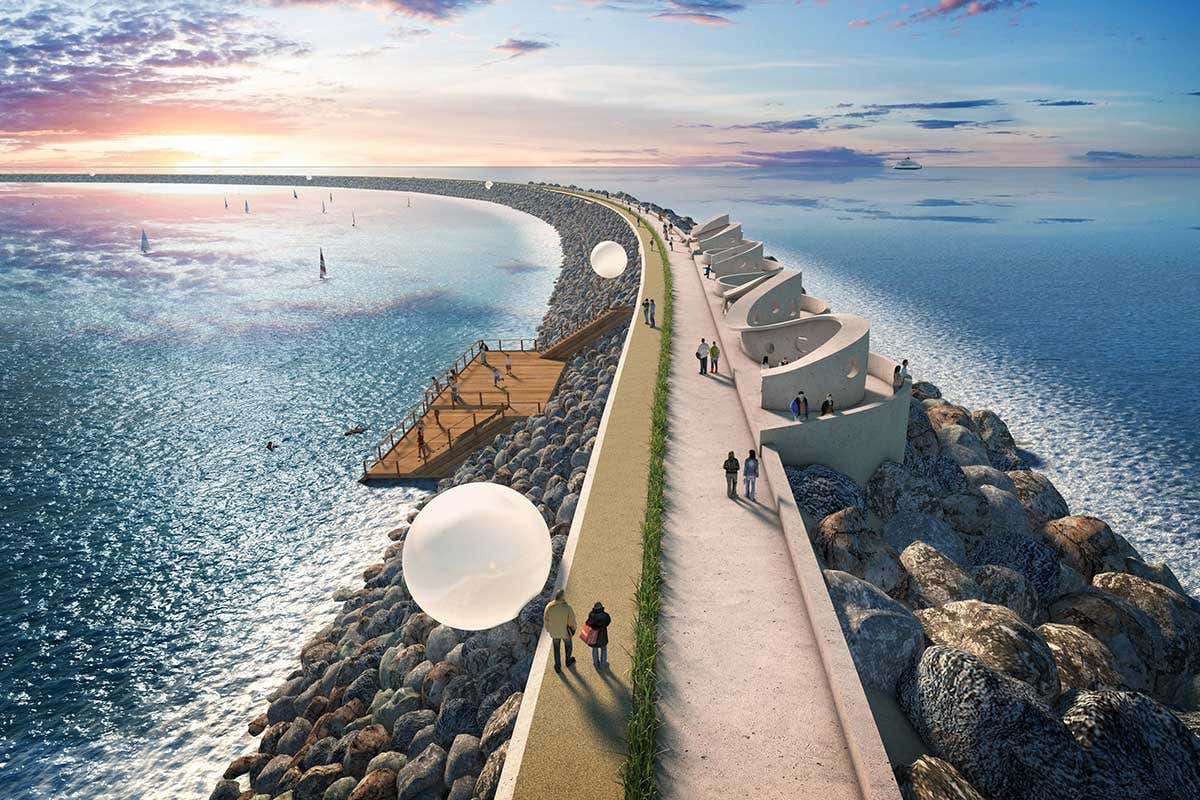The tides rise and fall in unceasing cycles. Tides are changes in the level of the seas brought about by the gravitational draw of the moon and sun and the turn of the earth. Adjacent to shore water levels can differ up to 40 feet, contingent upon the season and nearby factors. Just around 20 areas have great deltas and an enormous enough flowing reach—around 10 feet—to create energy financially. The age of power from tides is like hydroelectric age, then again, actually flowing water streams in two ways. The least difficult creating framework for flowing plants includes a dam, known as a flood, across a gulf. Floodgate entryways on the torrent permit the flowing bowl to fill on the approaching elevated tides and to purge through the turbine framework on the active tide, known as the ebb tide.
Flood-producing frameworks that create power from the approaching tide are conceivable, however are less preferred than ebb creating frameworks. Two-way age frameworks, which create power on both the approaching and ebb tides, are likewise conceivable. The development of a flowing blast in a delta can change the flowing level in the bowl. It can likewise affect the sedimentation and turbidity of the water inside the bowl. Furthermore, route and entertainment can be influenced. A higher flowing level can cause flooding of the shoreline, which can influence the nearby marine natural pecking order.
Conceivably the biggest impediment of tidal force is the impact a flowing station has on the plants and creatures that live inside an estuary. Since few flowing floods have been fabricated, almost no one has thought about the full effect of flowing force frameworks on the neighbourhood climate. For each situation, it will rely upon the neighbourhood geology and marine biological system.
